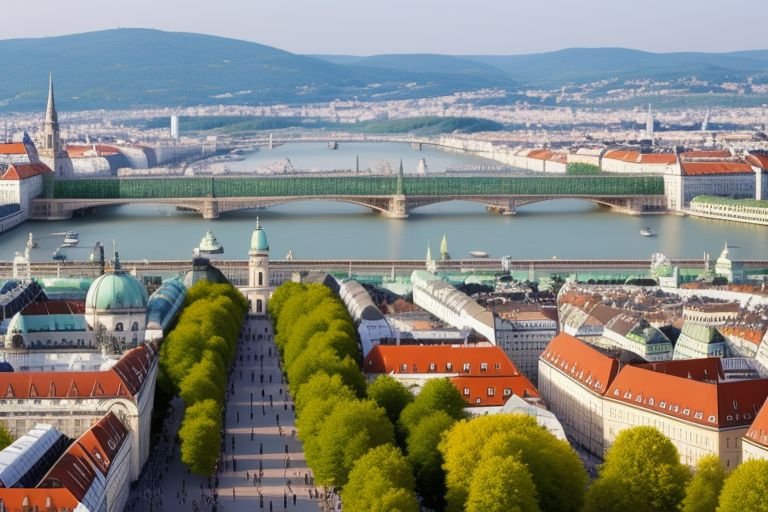The Indian government has recently been focusing on developing the country’s tourism industry to a new level and has recently introduced the ‘Visit India Year 2025’ campaign. This multi-faceted approach focuses on marketing India with an endeavour to promote its culture, geographical and visual appeal to both the domestic and international tourists.
The campaign that aims at the implementation by the Ministry of Tourism for foreign tourists was revealed to be targeting the arrival of thirty million foreign tourist arrivals by 2025, which are way higher than the pre COVID-19 arrivals of about eleven million tourists in 2019.
As the main thrust of the campaign can be defined utilizing meaningful and appropriate practices that are to be incorporated into tourism. The government has set out a large-scale investment in the development of environmentally sustainable infrastructure projects; particularly involving new tourism destinations throughout the country.
The examples are the practicing of the concept of green corridors, electric vehicle charging facilities, and another focus on purchases of local and sustainable products and services by the hospitality industry. It also focuses on the protection of natural and historical sites of India and A code of conduct has been set for the tour operators and tourist spot visitors.
The overall theme of the ‘Visit India Year 2025’ has one of its major sub themes as the concept of niche tourism segments. Currently the government is focussing on the concept of wellness tourism which already has a wonderful background in India through Ayurveda and yoga.
Some of the states such as Kerala, Uttarakhand and Himachal Pradesh are in line to be provided with good funding for improving the wellness tourism. Furthermore, adventure tourism is being expanded significantly more with the aim to establish superior infrastructures for trekking, river rafting and wildlife billboard in several parts of the countries.
In order to back up this aggressive approach, the government is also targeting in enhancing the communication networks as well accessibility of traveling. There is growth in the new e-visas for foreigners which are being introduced to replace the current visa systems for travelers.
The system is designed to cut down the time that is taken to process the e-visas and also increase the countries that are permitted to access the e- visas. In addition, the Ministry of Civil Aviation has plans to enhance the number of flight connections to India with specific emphasis on the tier 2 and tier 3 cities international gateway cities.
The ‘Visit India Year 2025’ also houses a strong Internet marketing plan and campaign. An up-to-date website and an application for the smartphone will be created providing the detailed information on sightseeing, accommodation and entertainment on the map in real time. Currently, the government has engaged popular social media personalities, and travel bloggers to post even more entailing content about India.
To achieve these goals, the government is carrying out this strategies in cooperation with different stakeholders in the sphere of tourism. Local population awareness programs are being planned and implemented for the people around the area, tour guides and the hospitality industry to improve on the quality of the offered services and being culturally sensitive. The campaign also seeks to support the homestay business and the community based tourism ventures especially in the remote areas to boost the trickle down effect.
‘Visit India Year’ is one such campaign which has a potential to place India as one of the leading global tourist destinations as the country gears up to host the world in 2025. Of great importance is what has been achieved when it comes to sustainability, diversity, and experience to a level that makes this initiative contribute to enhancing the economic growth of the nations as well as the cultural interchange.




















+ There are no comments
Add yours